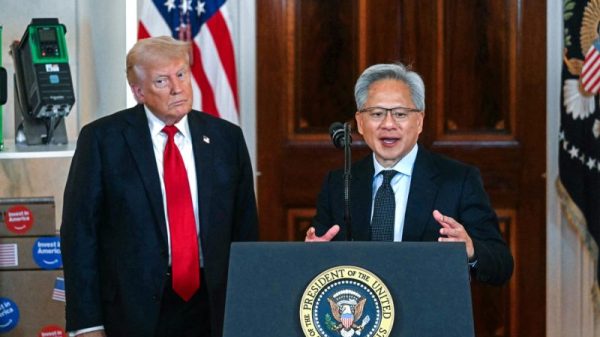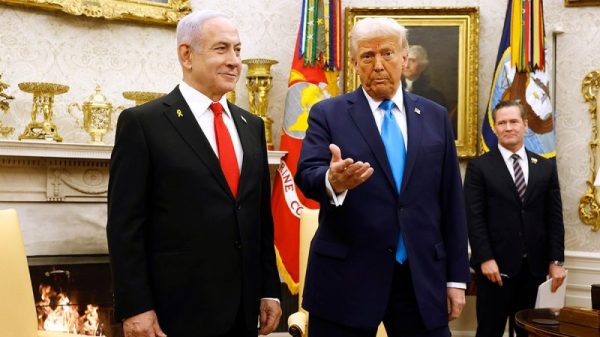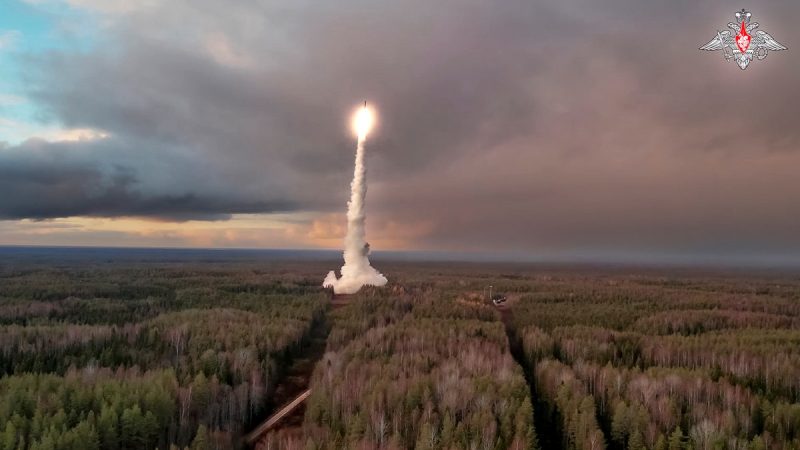In a recent turn of events in the ongoing conflict between Ukraine and Russia, a new Russian missile has been employed, dispelling initial speculations of it being a hypersonic weapon. This development marks a significant escalation in the conflict and has raised concerns about the use of advanced weaponry in the region.
The missile in question, believed to be a part of Russia’s military arsenal, was reportedly used against Ukrainian forces in the eastern part of the country. While initial reports suggested that the missile might be a hypersonic weapon, defense officials have confirmed that it is not classified as such. This clarification is crucial in understanding the nature of the arms being used and their implications on the conflict.
The emergence of this new missile underscores the evolving nature of modern warfare and highlights the need for comprehensive arms control agreements to prevent the proliferation of advanced weapons. As countries continue to develop and deploy sophisticated military technology, the potential for widespread destruction and loss of life only grows.
The use of this missile in the context of the conflict between Ukraine and Russia poses a grave threat to regional security and stability. It is imperative for both sides to exercise restraint and explore diplomatic solutions to de-escalate the situation. The international community must also play a proactive role in mediating the conflict and promoting dialogue to prevent further violence.
Moreover, the deployment of advanced weaponry in the region raises questions about the impact of these weapons on civilian populations and the environment. The use of such high-powered missiles can have devastating consequences, leading to casualties, displacement, and long-term environmental damage.
Overall, the introduction of this new Russian missile in the conflict with Ukraine signals a dangerous escalation and underscores the urgent need for dialogue, de-escalation, and respect for international norms and agreements. It is crucial for all parties involved to prioritize diplomacy and peacebuilding efforts to prevent further conflict and promote regional security and stability. Only through collective action and cooperation can we hope to mitigate the impact of advanced military technology and work towards a more peaceful world.


































